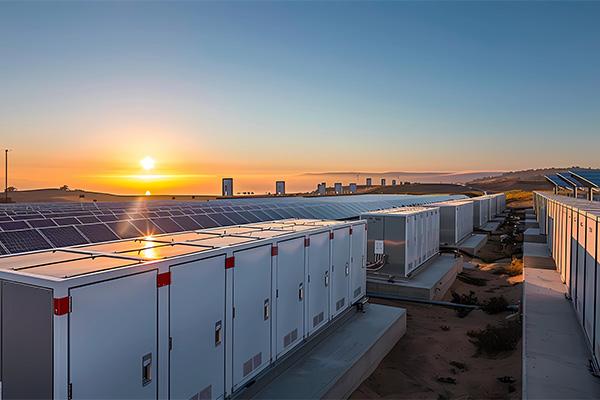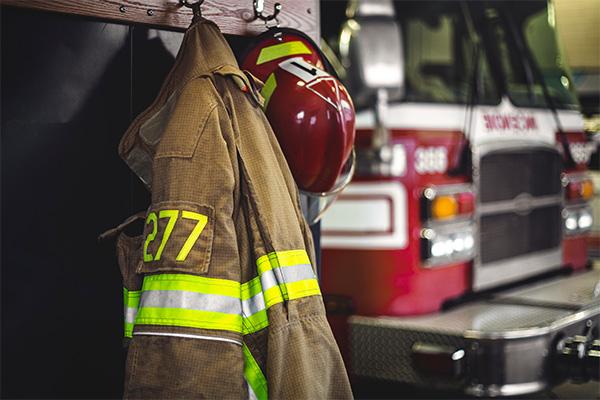State Battery Storage Safety Collaborative
Governor Gavin Newsom created a new state-level collaborative in September 2024 to examine battery storage technologies and safety considerations as batteries proliferate in critical infrastructure and everyday life in California.
The collaborative brings together multiple state agencies and departments, including the California Air Resources Board (CARB), California Energy Commission (CEC), California Public Utilities Commission (CPUC), CAL FIRE – Office of the State Fire Marshal, the Governor’s Office of Emergency Services, the Governor’s Office of Business and Economic Development (GO-Biz), and the California Natural Resources Agency (CNRA).
The collaborative has found that the battery storage industry has already made significant improvements to safety, particularly by shifting toward modular fireproof containers that are placed outdoors and separated by safe distances to reduce fire risk.
To further enhance battery safety in California, the participants in the collaborative have taken several important steps (see below) . The collaborative will continue to identify new opportunities to improve battery safety.

Updated codes and standards for battery facilities
CAL FIRE – Office of the State Fire Marshal recently adopted a suite of updated fire safety codes for battery energy storage systems. Changes to Chapters 3, 12, and 80 of the California Fire Code are intended to ensure battery facilities are constructed to the latest fire safety standards including the 2023 edition of the NFPA 855 standard. These updated regulations were adopted on March 7, 2025 and will take effect on January 1, 2026. The OSFM also intends to propose early adoption of the drafted provisions of the 2026 edition of NFPA 855 in the upcoming intervening code cycle, which will be effective on July 1, 2027.

Launch of new safety standards and oversight for battery facilities
CPUC has approved new safety standards and enhanced oversight for grid-scale battery energy storage systems. Under General Order 167-C, the CPUC now has oversight over the maintenance and operations of battery energy storage systems and will also verify that system owners have filed emergency response plans with the local fire department. The CPUC has begun in-person inspections of battery energy facilities.

Collection of survey data on battery fleet
CPUC has completed an initial survey of the state’s grid-scale battery fleet. Survey responses, as reported by battery system operators, showed that a majority of the state’s large, utility-scale battery fleet is housed outdoors in dispersed containers, uses lithium iron phosphate (LFP) chemistry, and reports compliance with applicable codes and standards (NFPA 855).

Safety measures for state-permitted projects
CEC recently approved the Darden Clean Energy Project, which, at the time of approval, is the largest planned grid-scale battery storage project in the world. As a condition of its approval, the CEC is requiring robust safety measures, including adherence to NFPA 855 (2023), thermal infrared cameras, real-time monitoring of air and water quality, and ongoing collaboration and training with first responders.

Support for local governments and first responders
GO-Biz is developing a Clean Energy Permitting Playbook to support local governments with best-practices for permitting, including battery storage facilities.
CAL FIRE – Office of the State Fire Marshal hosted a symposium on battery safety for local fire departments and officials on July 24, 2025 in Sacramento. A recording of the event and additional information can be found on their website.

